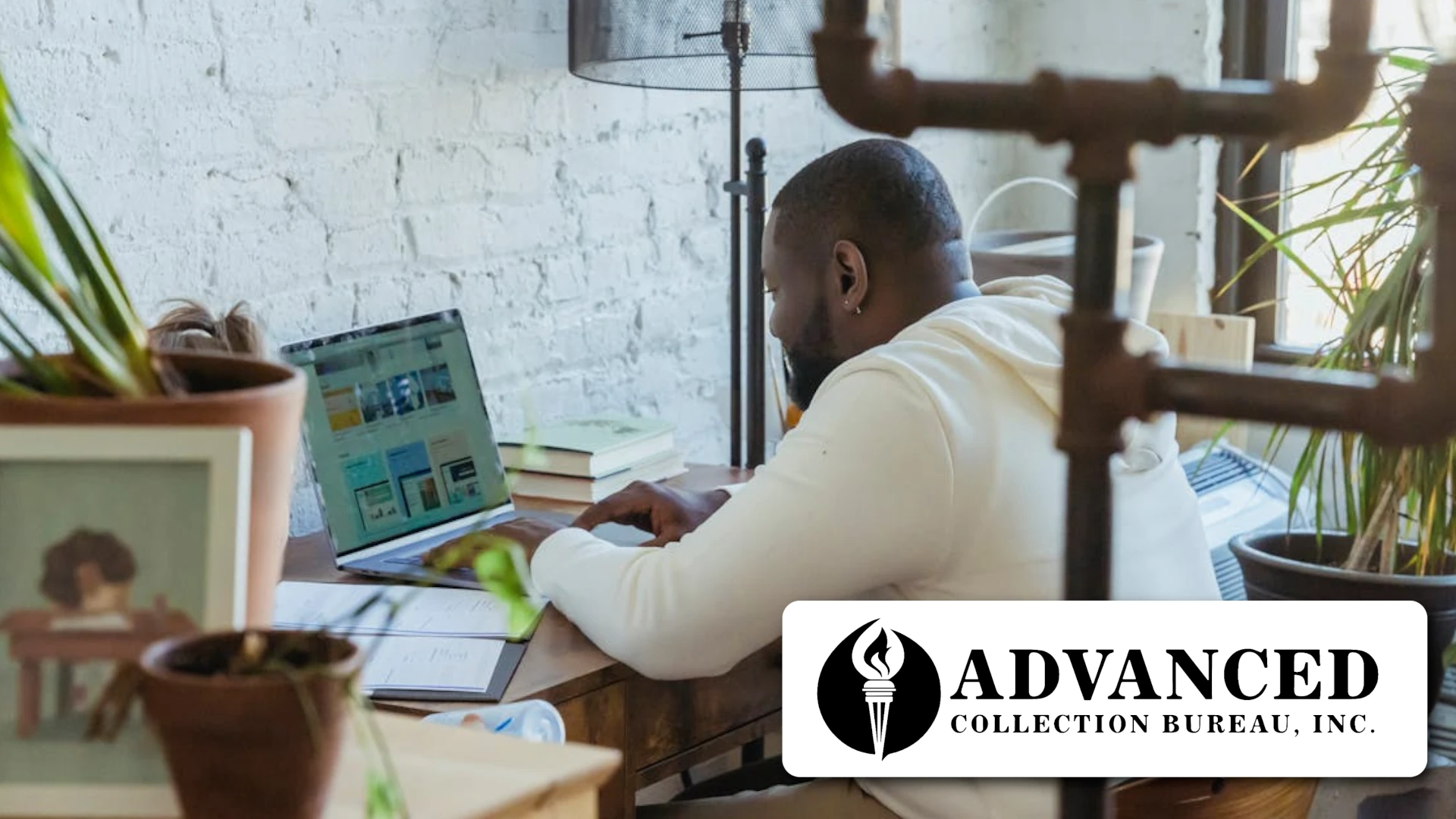Clearing debt can feel like climbing a steep hill with no summit in sight. Whether it’s unpaid rent, medical bills, credit cards, or personal loans, debt has a way of building up quietly and then suddenly becoming overwhelming. But the good news is, no matter how much you owe, there are practical steps you can take to regain control.
At Advanced Collection Bureau (ACB), we regularly work with landlords, business owners, and individuals dealing with the consequences of unpaid debt. Whether you're trying to pay it off or help someone else resolve it, the process of clearing debt starts with understanding your options and making a plan.
Step 1: Know What You Owe
Before you can clear your debt, you need to know exactly what you’re dealing with. That means gathering information on:
- Total amounts owed
- Interest rates
- Payment due dates
- Whether the accounts are still with the original creditor or have been sent to collections
Many people don’t realize how fragmented their debt has become until they list it all in one place. If your debt is in collections already, you might want to read How to Dispute a Debt Collection Claim to make sure everything is accurate.
Step 2: Understand Your Priorities
Not all debt is created equal. If you’re trying to clear it quickly, focus on high-interest debt first. These accounts grow faster and cost you more over time. On the other hand, if a collection agency is involved, you may want to resolve that account to avoid credit damage or legal action.
At ACB, we often help landlords recover debts from former tenants who have left balances unpaid. These debts can affect credit reports, and resolving them early helps both sides avoid further complications. Learn how this process works in How Apartment Debt Collection Works.
Step 3: Make a Payment Strategy
There are several proven methods to clear debt. Some people use the snowball method (starting with the smallest debt), while others prefer the avalanche method (focusing on the highest interest first). The right strategy depends on your mindset, income, and how quickly you need results.
If your debt is in collections, try negotiating a settlement or a payment plan. Many agencies, including ACB, offer flexible solutions to help resolve past-due accounts. You can learn more about how to handle collections without hurting your credit in How to Pay Off Debt in Collections Without Hurting Your Credit.
Step 4: Communicate with Collectors
If your account has been sent to collections, don’t avoid the phone call or ignore the letter. Debt collectors have a legal obligation to provide details and respect your rights under the Fair Debt Collection Practices Act (FDCPA).
At ACB, we believe in ethical, respectful communication. Our team works directly with consumers to find solutions that are fair and compliant. If you want to know more about your rights, see Fair Debt Collection Practices Act: Your Rights Explained.
Step 5: Stay Consistent and Plan Ahead
Clearing debt takes time, especially if you’re starting from behind. The most important step is sticking to your plan and avoiding new debt while you’re still paying off the old.
If you're a landlord or business owner, it’s also smart to have a clear debt recovery process in place so you don't absorb future losses. Learn how to protect your income in The Importance of Timely Debt Recovery Action for Apartment Communities.
Final Thoughts: Clearing Debt Is Possible—One Step at a Time
There’s no magic fix for debt, but there are proven paths to resolution. Whether you owe a few thousand or tens of thousands, taking action today is the first step toward financial stability.
And if you’re a property manager or business trying to recover what you’re owed, ACB is here to support you. We offer no-fee collection services until we successfully recover your debt, with full compliance and transparency every step of the way.














